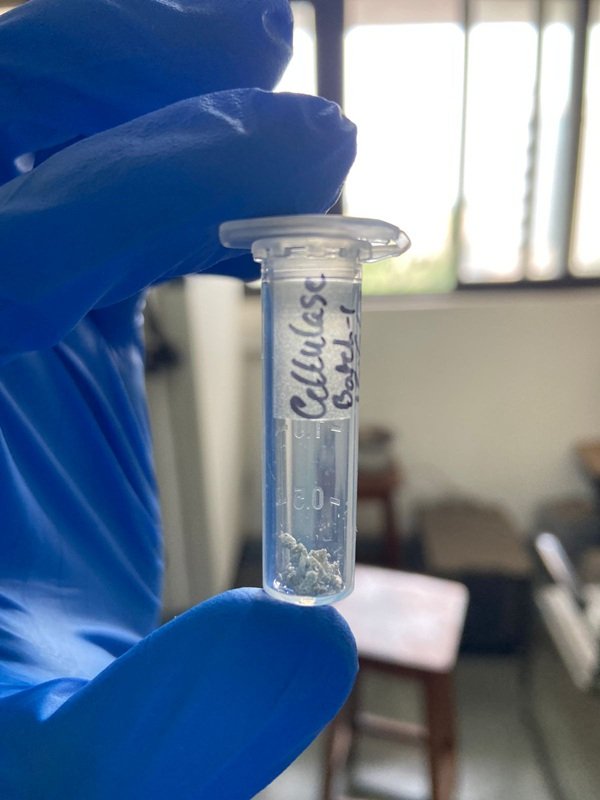Thursday, 13 November 2025

By Jaswanth V Allam, Anant Fellow, Cohort of 2021-22, Anant Fellowship in Sustainability and Built Environment
The textile industry’s environmental impact is significant, contributing 10 per cent of global carbon emissions, consuming substantial water resources and resulting in the annual disposal of 85 per cent of textiles in landfills. However, the GAU-SUTRA project proposes a transformative approach by utilising an abundant and overlooked waste resource, cow dung, to catalyse a sustainable textile revolution.
The GAU-SUTRA project’s core concept is straightforward yet innovative. It extracts cellulosic fibres from cow dung to create novel, environmentally friendly textile raw material. Cow dung, often a source of environmental concerns, contains up to 35 per cent cellulose due to the cow’s digestive processes, making it a locally available and partially pre-processed resource. Gau Sutra constructed a circular economy model that addresses agricultural and industrial pollution by transforming this waste into fibre.
Transforming dung into textile-grade cellulose
Traditionally, fibres such as cotton require extensive water, fertilisers and pesticides, leading to unsustainable farming practices and hazardous runoff. In India, surplus cow dung pollutes waterways and contributes to greenhouse gas emissions. By transforming dung into textile-grade cellulose, Gau Sutra simultaneously addresses two major pollution sources, livestock and fast fashion, providing an environmentally friendly and biodegradable alternative to conventional textiles.
Key Findings
Successful Extraction: Laboratory experiments conducted at IIT Kharagpur demonstrated viable cellulose extraction, with 10 gms and 20 gms of dung yielding 0.8 and 1.8 grams, respectively, suggesting substantial scalability with further optimisation.
Energy Efficient: The natural digestive process of cows reduces the necessity for intensive chemical processing compared to wood pulp, thereby decreasing energy consumption and operational costs.
Survey Support: Polls and interviews conducted with over 150 stakeholders, including farmers, industry professionals and consumers from major Indian cities, revealed genuine curiosity and openness towards dung-based textiles, particularly as environmental awareness gains traction.
Expanded Prospects: Research extended to agricultural by-products such as sugarcane bagasse, suggesting global adaptability in regions where cow dung or other cellulose-rich waste sources are readily available.
The Path from Concept to Prototype
My journey commenced with comprehensive research and stakeholder identification at Anant National University. Recognising the abundant availability of cow dung in India and pressing waste management challenges, I put together expert teams working on biotechnology, marketing and fashion. The project’s methodology, which integrated laboratory experimentation, field visits and consumer surveys, established a roadmap for proof-of-concept demonstration.
As part of the Anant Fellowship in Sustainability and Built Environment’s Live Action Project (LAP), I got a chance to work on this idea. It gave me the opportunity to work under Dr Subhalaxmi Mohapatra, Associate Professor, Anant National University, and Professor Risha Roy, Associate Professor and Lead, Sustainable Fashion and Textile Design, School of Design, who provided important input and support through the project.
Business and Circular Economy Implications for Businesses:
GAU-SUTRA’s model presents:
The Future Outlook
GAU-SUTRA aims to scale, seeking additional industrial collaborations and funding. If successful, the humble cow could also emerge as the unexpected champion of a more sustainable global fashion supply chain.